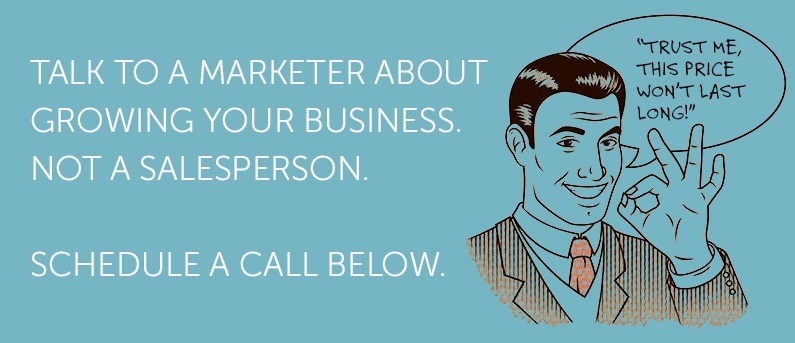It seems that infographics are all over the digital landscape today--and for good reason. Perhaps no other format or medium can convey information as quickly and effectively as a good infographic. Infographics get noticed, and get results.
Perhaps no other format or medium can convey information as quickly and effectively as a good infographic. Infographics get noticed, and get results.
What is an infographic?
An infographic is any visual graphic that is used to present information. Since that definition would technically include everything from graphs to maps, you could say that infographics have been used throughout human history.
In the online realm, though, the term "infographic" has come to mean something more specific. Online infographics usually present several related pieces of information in order to prove a point or more fully educate people about a particular topic. The image will usually include one or more graphs to present data, often in a creative visual style that fits the overall theme. For example, a Valentine's Day infographic might contain a pie chart that is heart-shaped.
Infographics need to be self-contained and self-explanatory, so the image will usually include text to clearly get across the point being made. In many ways, a standard infographic resembles a slideshow presentation, with the entire story being contained on one (often large) slide.
Benefits of using infographics
There are many factors that make infographics a particularly powerful online marketing tool.
- They are quick and convenient. With so much information to sort through online, customers appreciate it when you get to the point quickly. Because infographics present information graphically, people can "read" them in seconds and get as much essential information as a multi-page report would contain.
- They are interesting. Infographics are often used to present numerical data that would be tedious to digest if not presented graphically. The visual nature of infographics makes that same information much more interesting to look at.
- They are ideal for social media. Images draw more interest than straight text on most social media platforms, and are easier to share. For example, infographics can be posted directly to Facebook, getting your message across clearly without users having to click on a link. Twitter messages are limited to just 140 characters--one image, which is worth a thousand words. And, of course, images are essential when using Pinterest.
- They are more likely to go viral. Since they tend to draw more interest and are easy to share, images like infographics are more likely to be passed around the social networking sites. Such viral marketing is free to you, and spreads your message to a wider circle of potential customers.
- They can present content in a new way. You can recycle written content into infographic form, reaching new people in a new way without actually duplicating the content.
- They are effective. A well-designed infographic can convey a feeling or personality, along with telling a story and making a point that is clearly supported by facts.
As with all content creation, producing infographics does require a bit of work. But the increased marketing exposure and effectiveness can make them a worthwhile investment.
* Image courtesy of FreeDigitalPhotos.net


